The legendary Titanic continues to captivate our imagination, revealing new secrets even after more than a century beneath the waves. In a recent expedition, RMS Titanic Inc., the company holding salvage rights to the wreck, made a remarkable discovery – the long-lost bronze statue of the “Diana of Versailles,” unseen since 1986.
This latest exploration, the company’s first since 2010, not only unearthed this precious artifact but also provided unprecedented high-resolution imagery of the wreck site. The expedition’s findings paint a poignant picture of both preservation and decay, offering new insights into the ever-changing underwater landscape of this historic shipwreck.
The Rediscovery of the ‘Diana of Versailles’: A Historical Treasure

The recent rediscovery of the “Diana of Versailles” statue aboard the Titanic wreck marks a significant moment in maritime archaeology. This bronze artifact, unseen since 1986, represents a tangible link to the ill-fated ship’s grandeur and the artistic tastes of its era.
The statue’s reemergence not only excites historians and art enthusiasts but also provides a unique opportunity to study the effects of long-term submersion on such artifacts. Its preservation state offers valuable insights into the underwater environment’s impact on historical objects, potentially informing future conservation efforts for similar discoveries.
Behind the Scenes: The 2024 Titanic Expedition
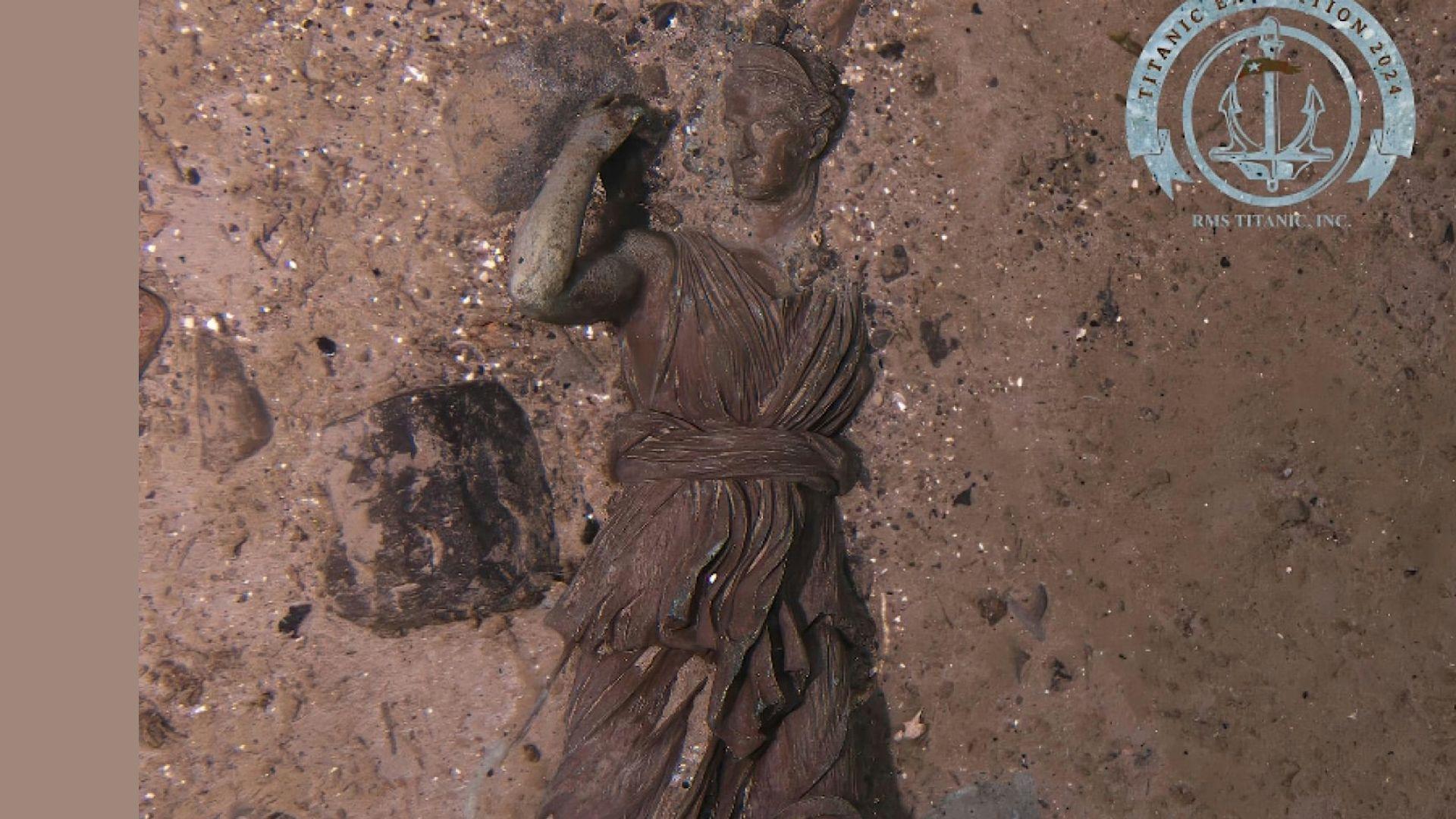
The 2024 Titanic expedition, conducted by RMS Titanic Inc., marked their first voyage to the wreck site since 2010. This 20-day mission aimed to document the current state of the wreck using cutting-edge technology, including high-resolution imaging systems.
The team faced numerous challenges, from navigating the deep ocean environment to carefully maneuvering around the fragile wreck. Despite these obstacles, they succeeded in capturing over two million photographs, creating the most detailed visual record of the Titanic to date. This extensive documentation will prove invaluable for both scientific research and historical preservation efforts.
A Bittersweet Discovery: The Balance of Preservation and Loss
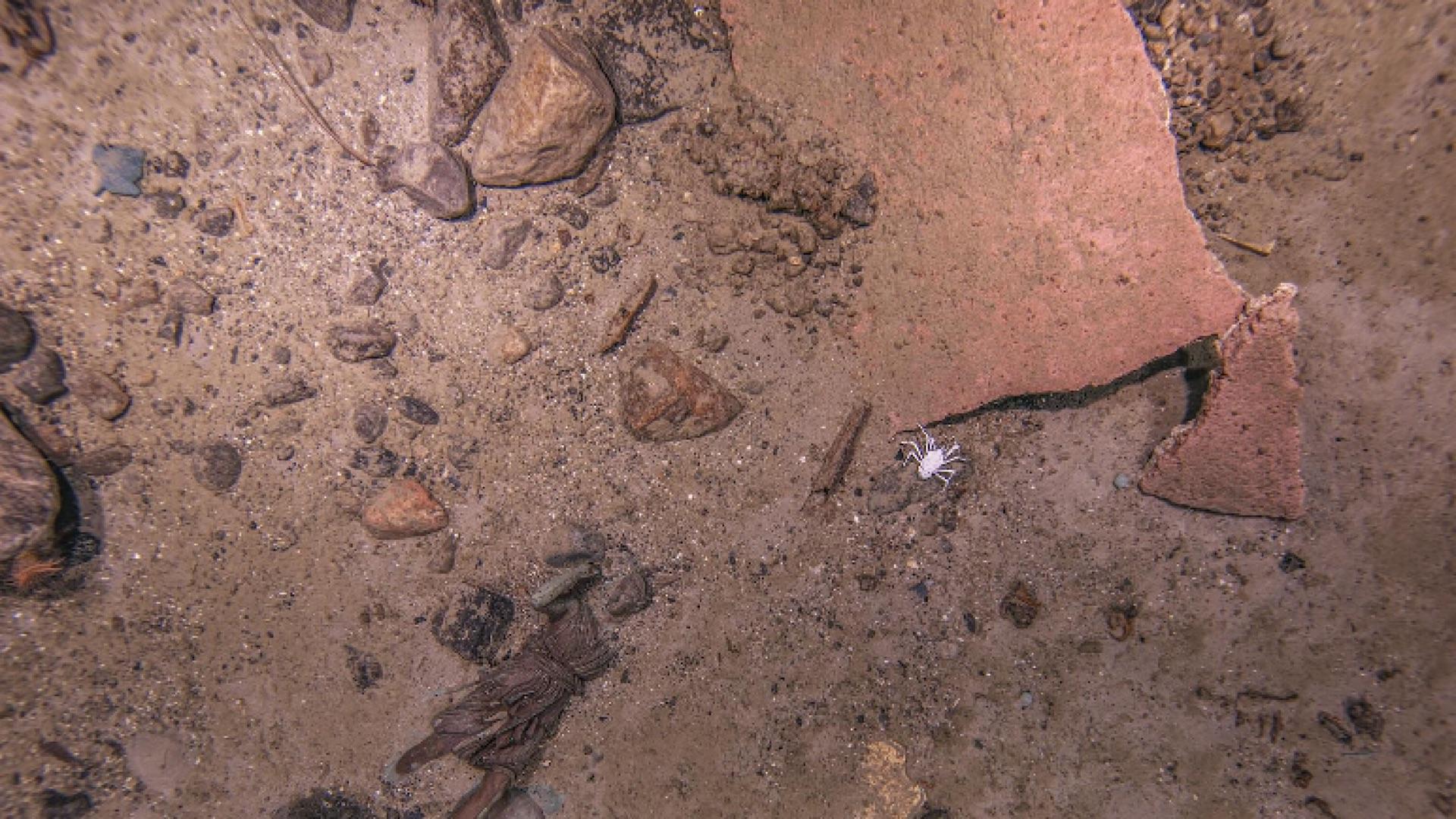
The expedition’s findings present a poignant contrast between preservation and decay. While the rediscovery of the “Diana of Versailles” statue brings joy and excitement, the loss of iconic features like the bow railing serves as a somber reminder of the wreck’s ongoing deterioration.
This bittersweet reality underscores the urgency of documenting and potentially recovering significant artifacts before they are lost forever. It also highlights the delicate balance that must be struck between exploring the wreck for new discoveries and preserving its integrity as a historical site and memorial to those who perished.
Technological Innovations in Locating Titanic Artifacts

The 2024 expedition showcased remarkable advancements in underwater exploration technology. Utilizing LiDAR, sonar, and a hyper magnetometer, the team created the most comprehensive and high-resolution map of the Titanic wreck and debris field to date.
These cutting-edge tools allowed researchers to identify and document artifacts with unprecedented clarity and precision. The ability to capture such detailed imagery not only aids in the discovery of previously unseen objects but also provides crucial data for monitoring the wreck’s condition over time, informing future conservation strategies.
The Journey of the ‘Diana of Versailles’: From Ship to Sea
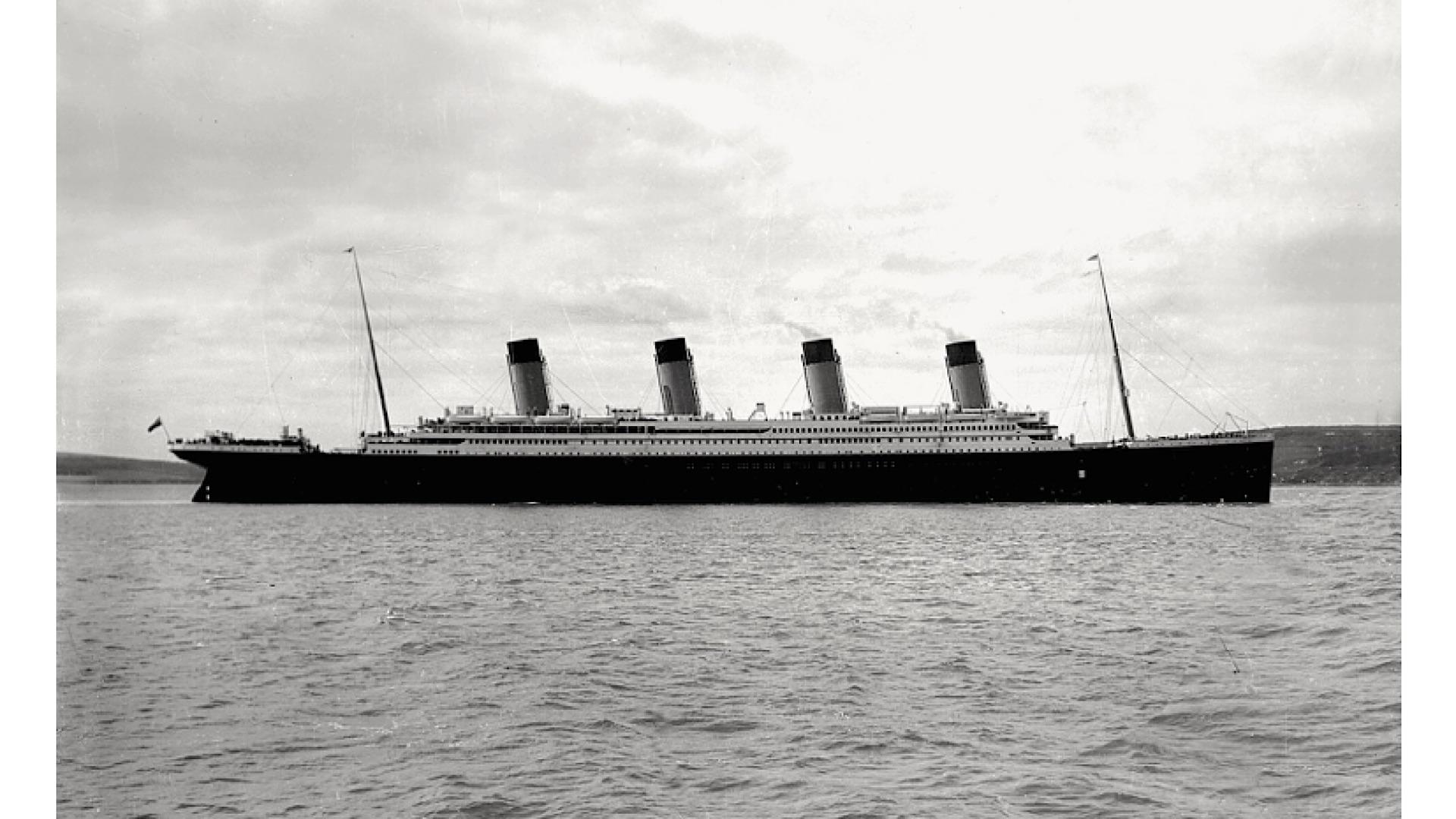
The “Diana of Versailles” statue’s journey is a fascinating tale that spans over a century. Originally created as a replica of the famous ancient Roman artwork, it was chosen to adorn the Titanic, symbolizing the ship’s luxury and cultural aspirations.
After the Titanic’s tragic sinking in 1912, the statue lay hidden in the depths for decades. Its rediscovery in 1986 and subsequent disappearance until now add layers of mystery to its story. This bronze Diana serves as a poignant reminder of the Titanic’s grandeur and the enduring fascination with artifacts that connect us to this historic event.
Mapping the Titanic: Insights from the Latest Expedition

The 2024 expedition’s comprehensive mapping of the Titanic wreck and debris field marks a significant advancement in our understanding of the site. Using a combination of LiDAR, sonar, and hyper magnetometer technology, researchers created the most detailed and accurate map of the area to date.
This precise mapping not only aids in locating and identifying artifacts but also provides crucial data on the wreck’s deterioration over time. The new insights gained from this mapping effort will inform future conservation strategies and help prioritize areas for further exploration and potential artifact recovery.
The Future of Titanic Artifacts: Recovery and Preservation Plans
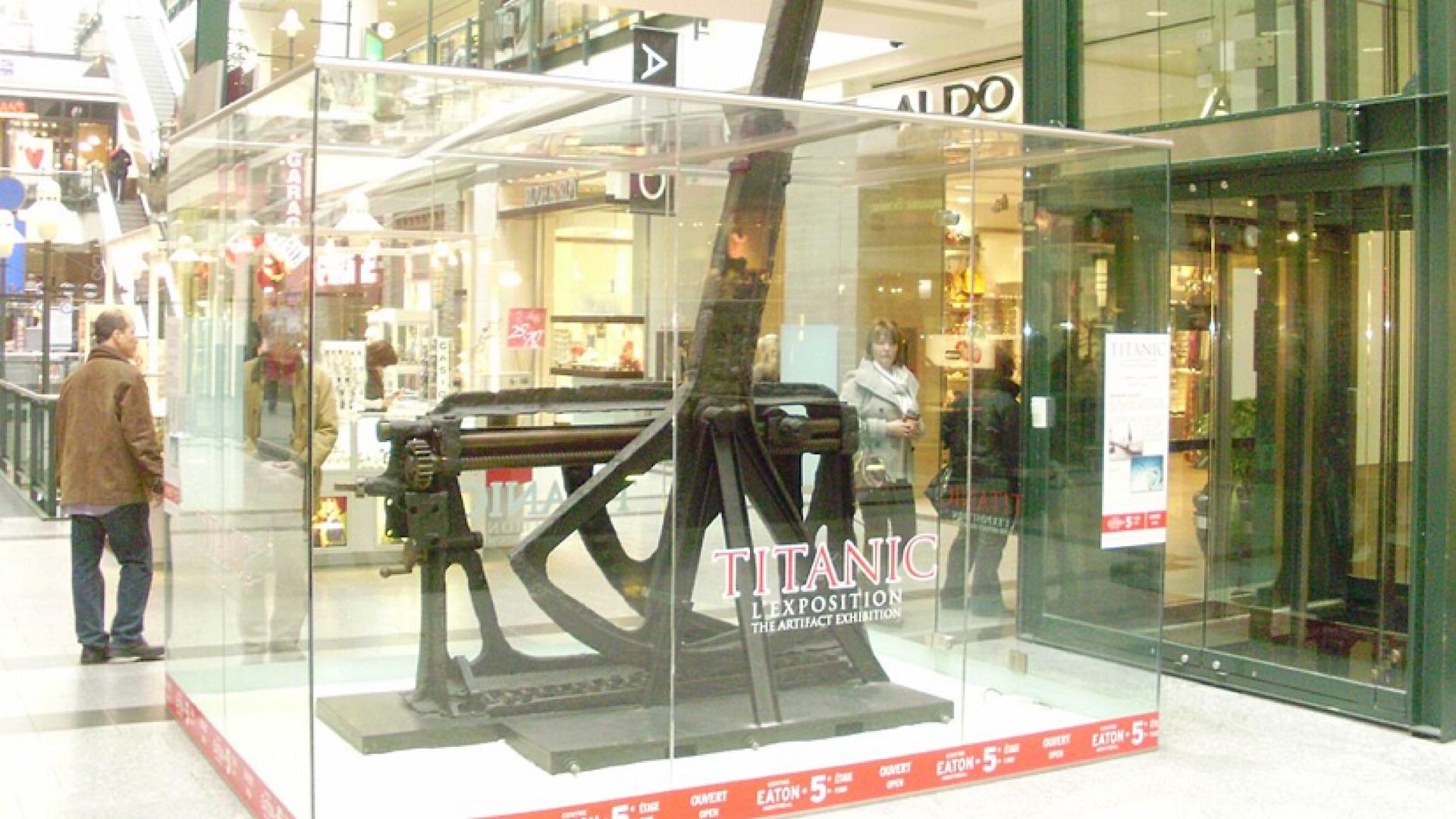
With the discovery of new artifacts and the ongoing decay of the wreck, RMS Titanic Inc. faces the challenge of balancing preservation with recovery. The company is developing plans for future expeditions aimed at safely recovering at-risk artifacts, ensuring their preservation for future generations.
These plans involve careful consideration of each artifact’s historical significance, current condition, and the potential impact of recovery on the overall site. The goal is to preserve as much of the Titanic’s legacy as possible while respecting the site’s status as a memorial to those who perished in the disaster.
The Impact of Environmental Changes on the Titanic Wreck
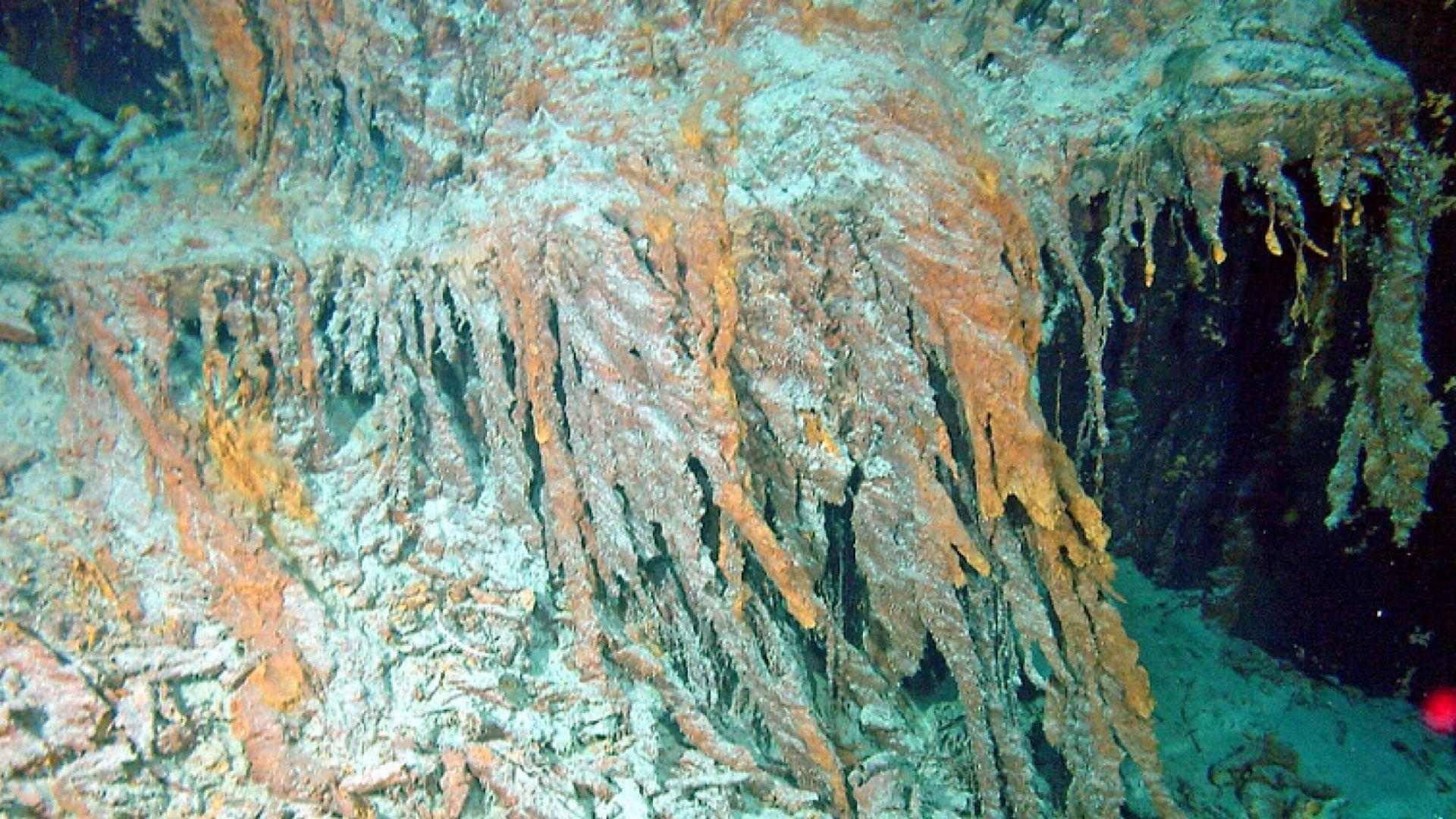
The latest expedition revealed significant changes to the Titanic wreck site, highlighting the ongoing impact of environmental factors. The loss of iconic features like portions of the bow railing demonstrates the relentless effects of corrosion, ocean currents, and microbial activity on the ship’s remains.
These changes underscore the urgency of documenting and potentially recovering key artifacts before they are lost forever. The expedition’s findings will help researchers better understand the rate of decay and develop strategies to mitigate further deterioration, ensuring that future generations can continue to learn from and be inspired by the Titanic’s legacy.
The Legacy of Titanic Discoveries: What’s Next?

The rediscovery of the “Diana of Versailles” statue and the creation of high-resolution imagery open new avenues for Titanic research and exploration. Future expeditions will likely focus on investigating areas of the wreck that were previously inaccessible or poorly documented.
Researchers anticipate that advances in underwater technology will continue to enhance our ability to study the Titanic. This may include the use of more sophisticated robotic explorers, improved imaging techniques, and novel preservation methods. As we uncover more about the Titanic, each discovery adds to our understanding of this enduring symbol of human ambition and tragedy.

